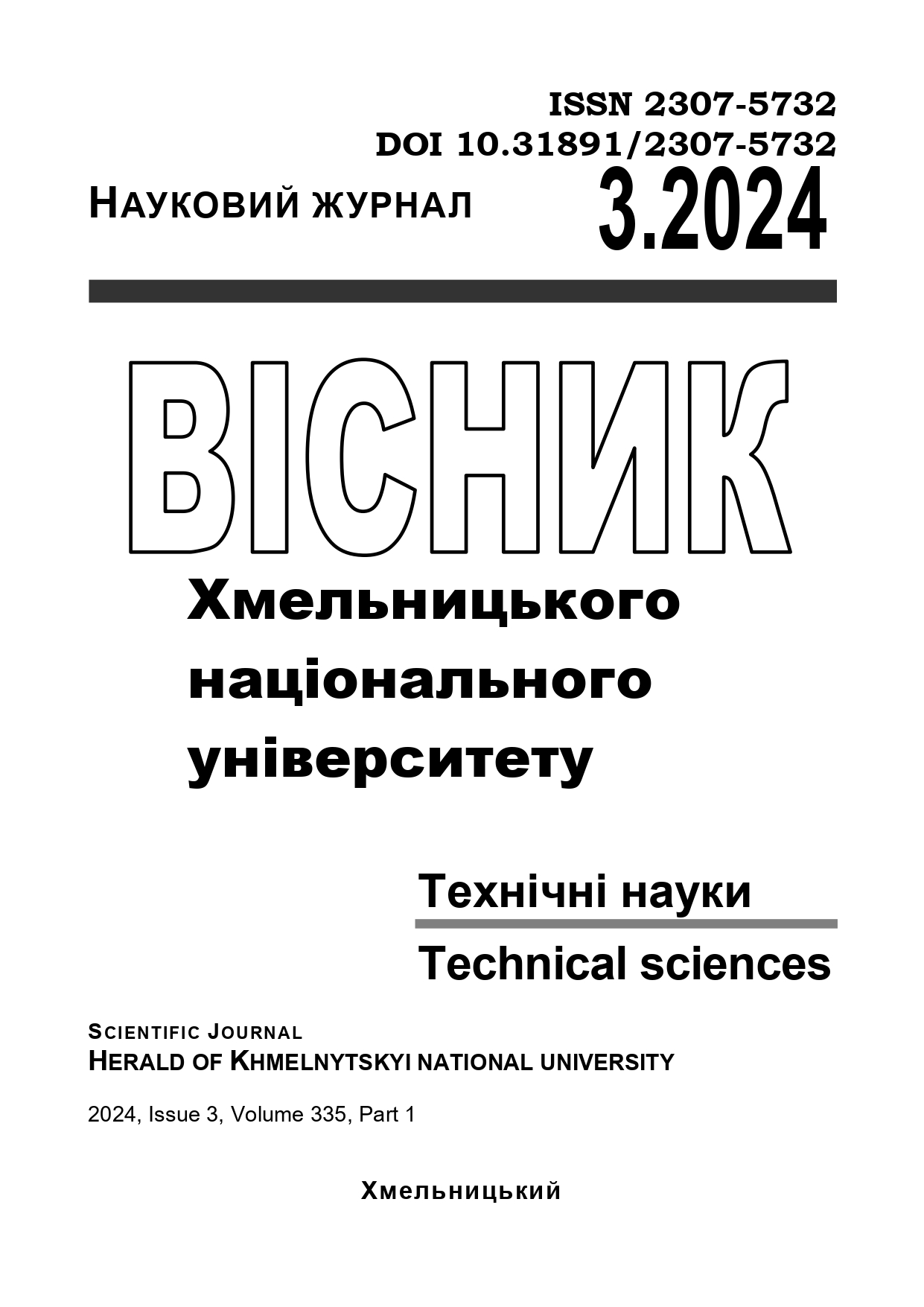ELECTRON ENERGETIC SPECTRA IN THE ELECTRIC FIELG OF THE CHARGED QUANTUM NANORING
DOI:
https://doi.org/10.31891/2307-5732-2024-335-3-5Keywords:
quantum nanoring, Poisson's equation, Schedinger's equation, quantum harmonic oscillator, dispersion equation, Airy functionsAbstract
Published
2024-05-30
Issue
Section
Статті
How to Cite
BURDEYNYY, V., & KASIYANENKO , V. (2024). ELECTRON ENERGETIC SPECTRA IN THE ELECTRIC FIELG OF THE CHARGED QUANTUM NANORING. Herald of Khmelnytskyi National University. Technical Sciences, 335(3(1), 32-40. https://doi.org/10.31891/2307-5732-2024-335-3-5

